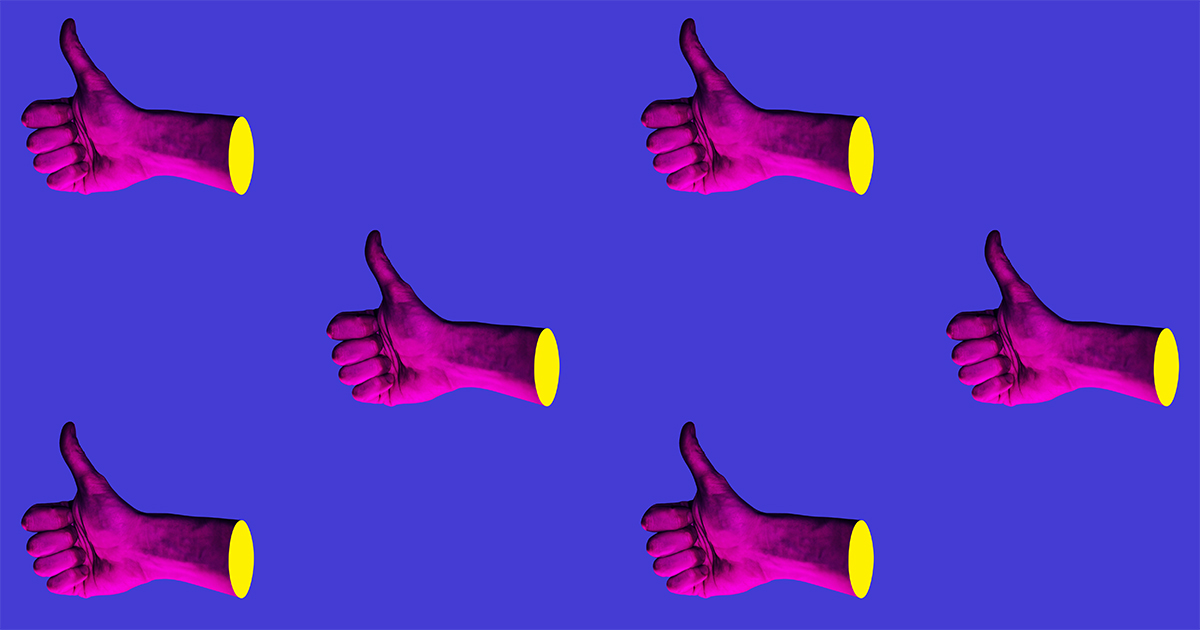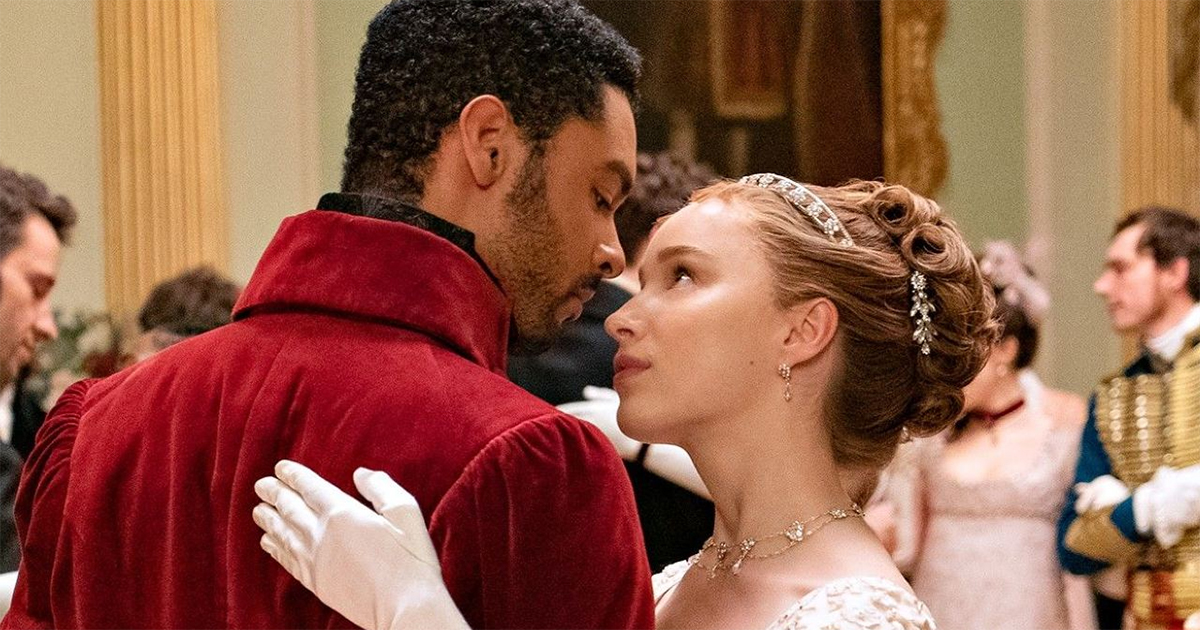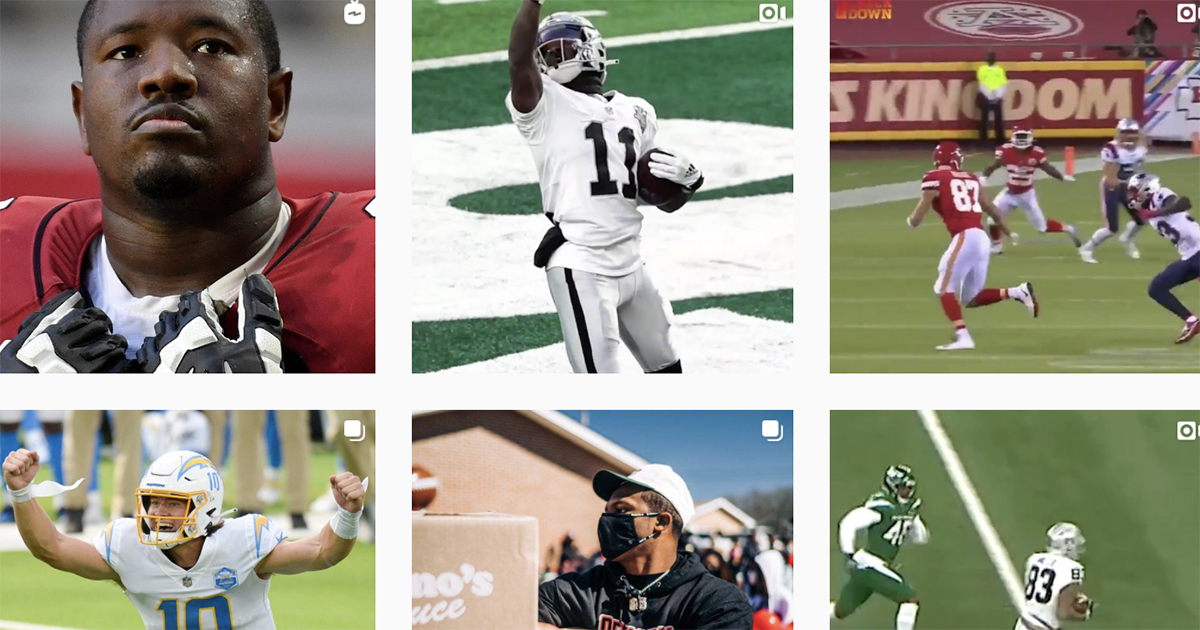
YouTube is often dismissed by traditional media as for viewers watching skateboarding cats — but that’s a head in the sand attitude. With a billion hours of content watched globally every single day on the site, it has something significant to tell us about changing consumption habits and how content creators should reach their audience.
The Alphabet-owned site’s latest Culture and Trends Report examines how people used video to connect and find community during the pandemic with some intriguing results.
The biggest takeaway is a pretty simple one: video is playing more and more of a valuable role in how we navigate our lives.
But there is a lot more going on than this. If content owners and creators want to reach a wider audience online (whether they go to YouTube or not) there are lessons worth noting not least the ability to “speak video.”
We Crave Presence
Lesson one is that watching videos with others, whether physically or in the virtual world, heightens immediacy, generating a stronger sense of connection.
Over 85% of YouTube users had watched a livestream on the platform over the past 12 months, and more than a half a million users live streamed for the first time in 2020.
Live stream shared experiences were epitomized by NASA’s Perseverance rover landing on Mars, which reached more than 2 million concurrent viewers at its peak.
“I think it’s because you don’t know what’s going to happen,” said Andre Laurentino, Chief Creative Officer, Ogilvy, during YouTube’s video analysis of its report. “If it’s pre-recorded you know that fate will not interfere.”
In The Heights director Jon M. Chu believes live has yet to reach its potential; “There’s something about knowing other people are watching the same things at the same time. Presence is what we crave after a year in a pandemic.”
The idea of virtual presence — using video to experience something virtually is familiar to many more of us over the past year and these real time experiences were more personal than ever. Thousands of couples got married on YouTube channels, for example, as a way to share with friends and family unable to attend.
But there’s more to real time digital entertainment than its personal nature. It is distinguished in part from live broadcast by the very overt presence of the rest of the audience.
#withme videos, for example, in which the viewer can participate simultaneously with the creator (i.e.: clean with me, study with me), grew in popularity last year with over 2 billion viewed globally.
CONNECTING WITH CONNECTED TV:
Currently one of the fastest-growing channels in advertising, Connected TV apps such as Roku, Amazon Fire Stick and Apple TV offer a highly effective way for brands to reach their target audience. Learn the basics and stay on top of the biggest trends in CTV with fresh insights hand-picked from the NAB Amplify archives:
- The Ever-Changing Scenery of the CTV Landscape
- TV is Not Dead. It’s Just Becoming Something Else.
- Converged TV Requires a Converged Ad Response
- Connected TV and the Consumer
- Connected TV Opens Up a Million Ad Possibilities
“Using simultaneity to create immediacy extends across a broad range of formats that are not necessarily live,” said Kevin Allocca, head of culture & trends at YouTube. “People are now using connected TV devices to turn videos they watch privately into a social experience.”
The idea of using a YouTube video to keep you company is a lot more common than you might think. Streams of lo-fi hip-hop beats have become gathering places for people looking to focus or relax together.
Lofi Girl, a music label and radio-style channel, has emerged as the face of this phenomenon. “Her” streams have been watched nearly a billion times.
“It’s the prototypical example of a pop culture phenomenon built entirely around synchronized activity,” says Allocca.
YouTube also pointed to how late-night talk shows, such as The Daily Show with Trevor Noah, originated from their hosts’ homes, making them look like YouTubers, and viewership to The Daily Show channel rose 45% last year.
Authenticity Rocks
Lawyer cat is a perfect metaphor for the barrier breakdown between our public and personal lives.
“As we relied on digital tools in our homes to communicate during quarantine people felt less pressure to project unrealistic images of their lives,” says Allocca. “They now seem to expect the same of their favorite creators and stars too.”
Some of the breakout channels of the year were grounded in the mundane.
Milad Mirg, for example, narrated stories of his life while making sandwiches at a Subway.
A University of Illinois dental student gained over half a billion views in a month of him brushing his teeth:
As opposed to more formal entertainment, these examples represent what Allocca calls “extreme authenticity or radical relatability.”
He says, “It’s the natural progression of YouTube creators as they seek to form more of an engagement with their audience.”
More than ever such relatability and relevance is derived from an ability to “speak video,” which means “to cleverly employ the language of digital video, its formats, tropes, aesthetics to deeply connect with the audience by mirroring the way they use these every day.”
This video language includes long loops of content and memes, commonly created by fan communities.
Marvel tapped into this when it released this hour-long loop of this scene from Falcon and the Winter Soldier in a clip which has been watched more than 6 million times:
“People are diving more and more into long content of things they love,” says Laurentino. “There’s no such thing as long copy. There is only boring copy.”
Not surprisingly some of the biggest breakout stars in modern entertainment are the are the ones who use video the most intuitively.
Comedian Bo Burnham emerged as a YouTube star and won rave plaudits for his digital video and social media literate Netflix special Inside.
YouTube cites the rise of Jawsh865, one of the creators of “siren music,” whose videos led to a chart-topping collaboration with Jason Derulo; and Jimmy Donaldson, better known as MrBeast, whose channels have over 100 million subscribers, making him YouTube’s top creator in 2020. Earlier this year his videos — of stunts including eating a $70,000 pizza and being buried for 50 hours — were watched 1 billion times in a month.
Also cited is musician Lil Nas X, whose single “Montereo” has been viewed more than 240 million times.
As “wild and extravagant” as the visuals are, Lil Nas X’s personality is grounded by his honesty in coming out as gay, says Allocca. This making him relatable. What’s more, the artist has the nous to drop multiple different versions of the single. He talks video.
“In a world where barriers between public and private have been stripped away the winners are the ones whose relatability stems from [having the] comfort and fluency in the dialects of the web,” Allocca said.
Immersive Videos Encourage Togetherness
When the M&E industry talks about immersivity it mostly refers to heightened sensory overload wrap-around experiences like giant screens or virtual reality.
YouTube’s concept of immersion is a little different. It illustrates this by citing the viral video of a single shot fly-through of a Minnesota bowling alley captured on a racing drone:
“The more innovation happens in future the more you will see it applied to advertising,” comments Luca Pannese, co-founder at creative agency Small, about YouTube’s analysis. “It’s the evolution of content and of communication because this is where creativity starts.”
The Minnesota fly-through is also an example of first-person video, a term borrowed from gaming where the first-person perspective helps create a feeling of immersion in the action of the story.
Allocca uses that idea to state that “gaming is emerging as the most influential space in youth culture — maybe even bigger than music.”
Gaming tools are increasingly being used online for immersive narrative storytelling. For example, improvised role-playing drama Dream SMP has garnered 2 billion views since May 2020.
“This is the West Wing told in Minecraft,” explains creator MatPat. “Every individual player is logged in as an active part of this stage play. People can watch the shorter uploads or watch the multi hour long side stories form individual characters like a podcast.”
It’s important to know about this development, MatPat stresses, “because these are your consumers of the future.”
Another form of online video immersion comes in the surprising form of atmospheric or ambient music content. So called “in another room” videos are designed to more deeply connect a viewer or listener with a place or time.
“Oldies playing in the car but you are in a dream (1930’s City road trip w/ cars passing 3 HOURS ASMR” is one example:
Lil Nas X, naturally, even released a version of “Montero” in the format titled “MONTERO but ur in the bathroom of hell while lil nas is giving satan a lap dance in the other room,” landing 3.2 million views and counting.
Google enlisted cultural anthropologist Susan Kresnicka to comment on its findings. “When the pandemic upended life as we knew it, many of the ways we were used to meeting our needs became untenable,” she said. “So, people are learning new techniques to soothe their anxious minds.”
READ MORE: What pandemic video trends reveal about consumer needs (Google)
For example, viewership of videos related to “nature sounds” increased 25% as people looked for something to help calm them.
“Using multi-sensory media like this to better immerse the viewer in an experience to build a closer connection has a lot of power and appeal right now,” Allocca said.
Over half YouTube’s audience agree that a video they watched helped them feel like they were in a different place this past year.
“This kind of audio first video are more popular than ever,” Allocca said, pointing out that podcasts recorded in video form were watched by 51% of YouTube’s audience in 2020.
“YouTube is a huge destination for podcast distribution and consumption.”
All of these trends speak to the surprising ability for digital video to push beyond the expected audio-visual conventions and become more experiential.
Many may have been spurred by quarantine but their popularity suggests that they are here to stay.




